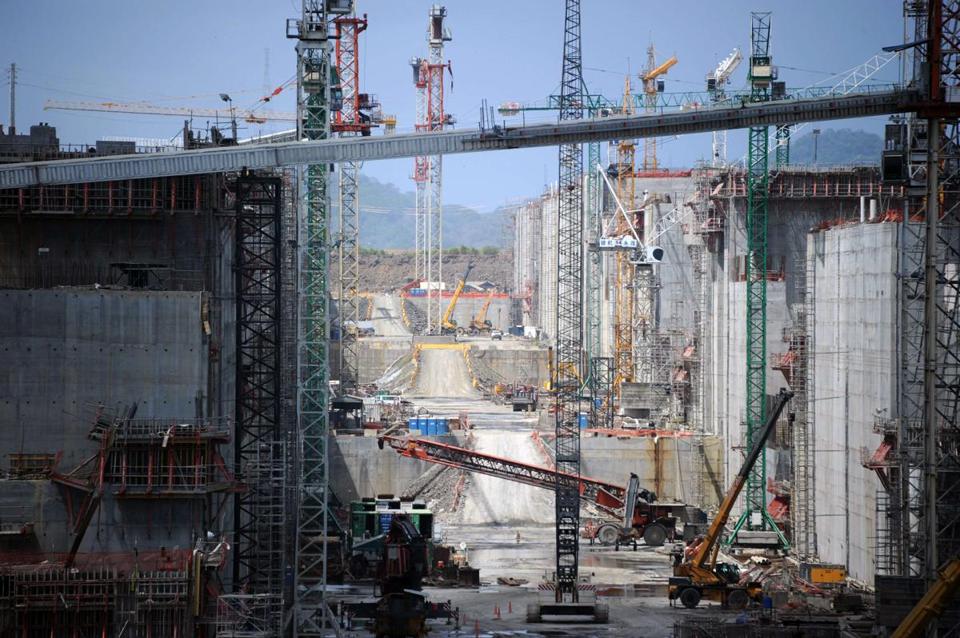Panama transhipment activity is set for double-digit growth in the wake of the canal expansion project due to be completed next year, according to analysts at Drewry Maritime Research.
The expansion project, which this week reached 85% completion with the installation of the first gate for the new locks at the waterway’s Pacific entrance, will ultimately allow 14,000 teu vessels to transit the canal, increasing demand for transhipment options.
Drewry has forecast a double-digit jump in Panama transhipment activity as a result of the opening of the expanded canal in 2016, and thereafter annual growth of around 5%. On this basis, Drewry added that Panama Pacific coast throughput of 6m teu would be reached by around 2024.
Transhipment activity in the wider Central America/Caribbean region will also grow as a result of the expansion.
Currently nearly all of the transhipment cargo moved through the canal is handled exclusively by Hutchison’s Balboa terminal, with a small number passing through PSA’s Rodman terminal.
In 2014, Drewry estimated that 3.4m teu of transhipment cargo was handled on the Pacific coast of the canal, with Hutchison responsible for 3.2m teu and PSA 230,000 teu.
To cope with this influx of cargo, Hutchison and PSA both plan to enhance the capacity of their existing facilities. Hutchison is increasing its capacity to 5m teu in time for the opening of the expanded canal, while PSA signed a 20-year concession in 2014 to expand the capacity of its Rodman terminal to 1.8m teu.
The Panama Canal Authority (ACP) has also released details of its own transhipment hub at the Pacific entrance. The new box facility will open with an initial capacity of 3.2m teu, with provisions in place to expand this by a further 2m teu in the future.
It remains unclear whether PSA or Hutchison will be allowed to enter the tender race to operate the new port, which the ACP hopes to open soon after the opening of its expanded canal.
According to Panama Canal administrator Jorge Quijano, the project should be completed in December this year, with the first commercial vessels transiting the new locks in the first quarter of 2016.
The first gate for the new locks in the Pacific side was installed on Monday, marking another important milestone for the multi-billion dollar project.
The gate, located in what is known as lock head one, is the first of eight gates that will be installed in the new locks at the Pacific side of the waterway.
Meanwhile, on the Atlantic side of the canal, where the installation of lock gates began last month, contractors have already put two of these into position.
